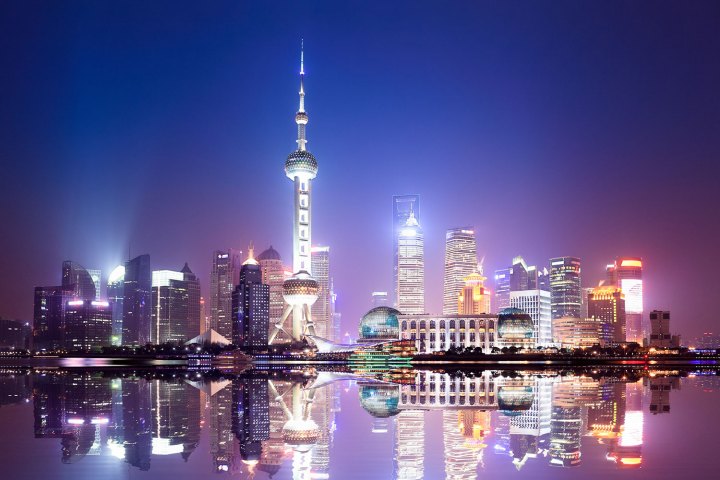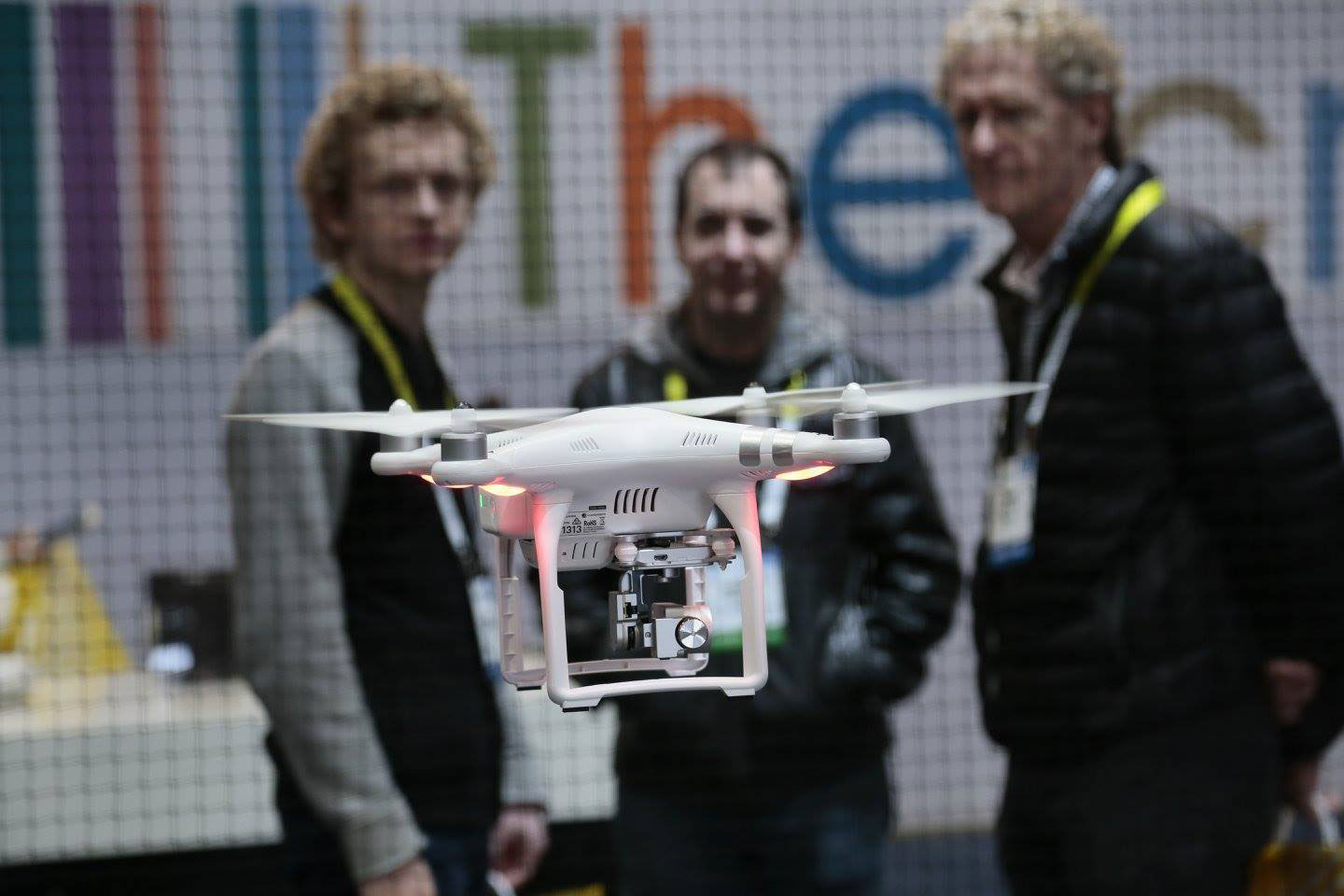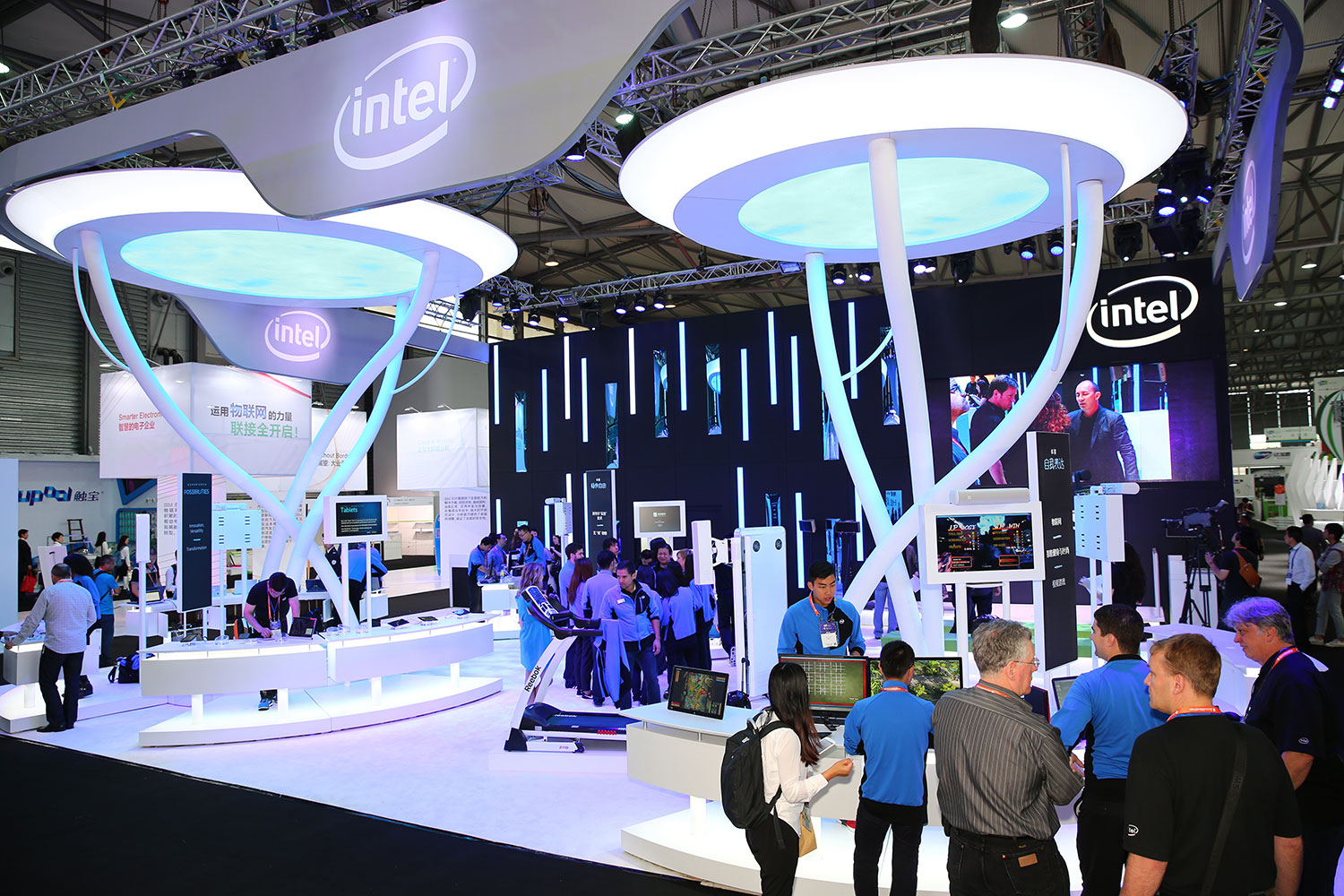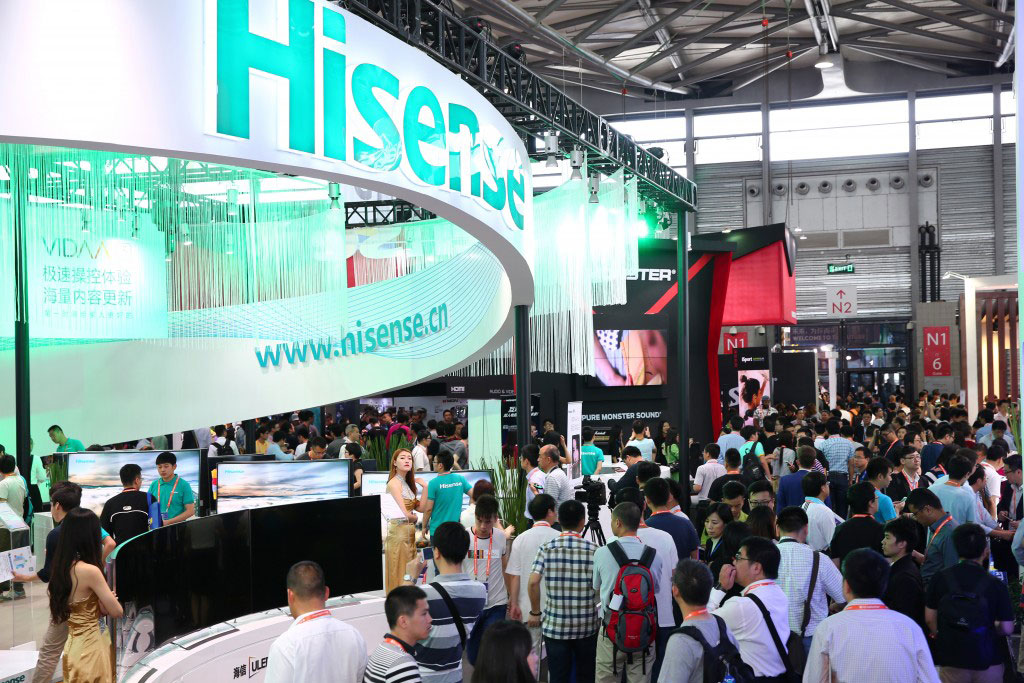
But when you get out at the other end? Magic.
Digital Trends is on the ground in Shanghai this year for the 2016 CES Asia event, a newish project from the Consumer Technology Association (CTA) that has grown enormously since last year. The event, which runs May 11 through 13 in the biggest city in China, will host more than 30,000 attendees and more than 350 exhibitors, up from 212 companies at last year’s inaugural show.
It’s nowhere near as arrogantly giant as the Las Vegas spectacle. But that doesn’t mean it won’t be cool.
“It’s going to be fantastic!” he told Digital Trends.
“We selected Shanghai over other cities because we needed a large world-class exhibition space adjacent to conference space that would allow CES Asia to grow and a convention center convenient to a variety of local transportation options.”
China also reflects the changing landscape of consumer tech: The countries that make most of our favorite gadgets today are notably different from those of a decade or two ago. The Japanese giants that dominated consumer electronics in the 80s and 90s (like Panasonic, Sony, and Toshiba) have lost luster in recent years, while Korean companies (Samsung and LG in particular) surged in the 90s and 00s.
Then in came China.
For the first time, the 2016 Vegas show featured almost as many enormous booths from Chinese powerhouses; the important Central Hall had TCL Corporation, Changhong Electric, HiSense, and Haier. A changing socio-economic landscape, as seen through the lens of a digital camera? Yup.
The emphasis will definitely be on the Asian market, Joseph said; we’ll likely see phones that won’t ever go on sale in America, appliances that won’t hit Best Buys or HH Gregg stores, and drones that wouldn’t pass U.S. restrictions. But since China is one of the fastest growing consumer markets on the planet and a hotbed of innovation, trends we see at the show are sure to reflect or even predict what we’ll see in U.S. stores.
This year’s show features 16 product categories including streaming content and Hollywood entertainment. There are several new exhibit areas of note:
Startup Park — Modeled after Eureka Park at CES, this area will feature 50 startups with exhibitors from China, France, Hong Kong, Singapore, South Korea, the U.K., and the United States. Startup Park at CES in Vegas is a dizzying array of ideas and innovation, and it’ll be interesting to see how Shanghai’s compares to one of our favorite parts of CES.
N4 stage — Wow, this area needs a better name. Dear CTA: let’s call it “the party stage.” Produced in conjunction with Living In Digital Times, the stage will host a variety of programming including the “Last Gadget Standing competition,” “Wearables Tech Fashion Shows,” and something called “Robotics on the Runway.” Oh boy.
Outdoor exhibits — BMW is conducting a test drive experience, a first for CES Asia, and will be showing its stuff at the convention facility as well. Continental also has an outdoor exhibit. Tech set against the backdrop of Shanghai should be quite a spectacle.
Drone demo area — Select exhibitors will demo their drone technology about every half hour for all three days of the show. If anything can deliver food and beer to our table, don’t expect us to return to the U.S.
We’re also looking forward to keynote speeches from Kevin Ho, president of Huawei, Peter Loehr, CEO of Legendary Pictures (fun fact – he has ties to The Karate Kid film!), Olaf Kastner, President of BWM’s China arm, and more.
“With sessions covering topics from robotics and wearables to entertainment and vehicle technology, there’s something for everyone,” said Karen Chupka, another Senior Vice President, in a press release. “At a global gathering event like this, it’s important for our attendees to hear how these trends are changing the tech landscape and frankly how to operate within it.”
Editors' Recommendations
- What to expect at CES 2023, from mondo TVs to EVs
- From 200,000 attendees to just one: Here’s what Vegas looks like during CES 2021
- CES 2021 computing: What to expect from AMD, Nvidia, and more
- 5G at CES 2020: Here’s what you can expect to see at this year’s show
- CES 2020: What to expect from the annual tech show this week







